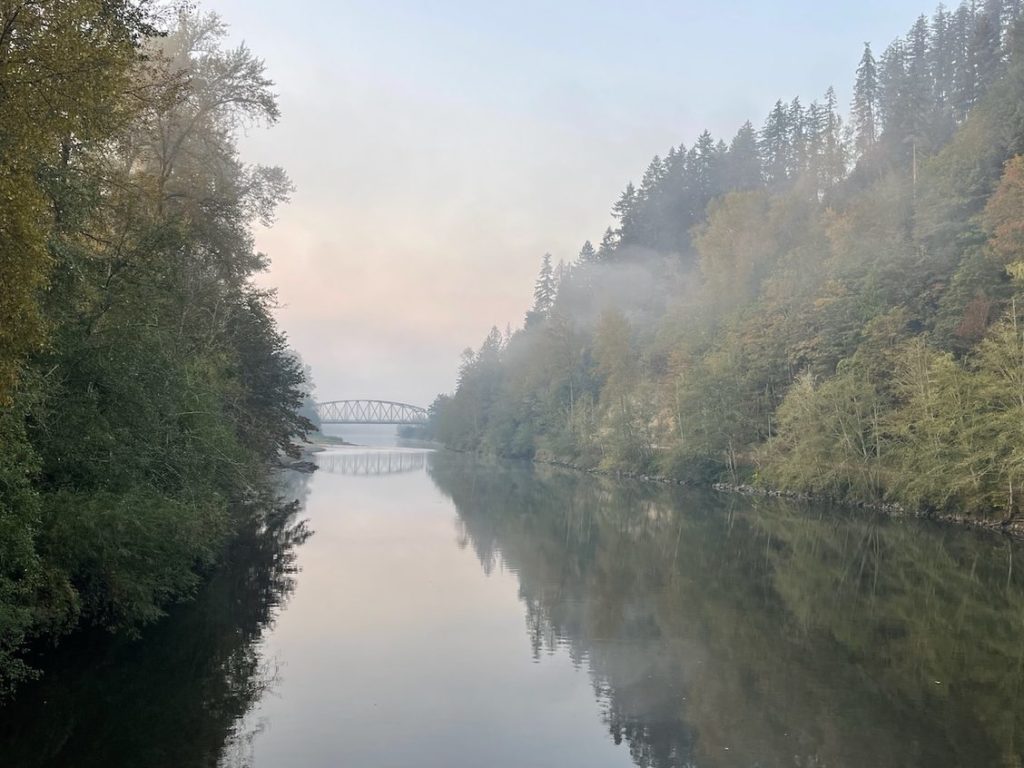One of my favorite writers on spirituality is Thomas Moore. His discussions on emptiness and mystery in “The Soul’s Religion” are particularly compelling.
Moore writes, “It might be good to approach the spiritual life without the need for understanding and clarity. In this area it is appropriate to be less certain, to be forced into wonder about the central mysteries, and to keep moving along without a plan or goal. Both the object of the quest and the process are saturated with mystery…. As people who like to fill our minds with facts and our lives with things, we may find it difficult to cultivate emptiness.”
Moore also writes about the danger of filling this emptiness with “truth.” Then, he explains, religion becomes full of itself, heavy, opaque, and fanatical fundamentalism.
At the heart of this discussion is allowing mystery and awe to fill your spiritual life. Shinto has no written teachings, no rules, no code, no sacred text. There is only ceremony and prayer—the “dance” as the priest in Joseph Campbell’s writings calls it—through which we experience the divine, the kami.
Indeed, this is what moves me about Shinto—the unnamed, unexplained “dance” that creates a connection. That allows the experience of divinity to blossom within that empty space. When I quiet my self, and open that space, the mystical, the kami, enter in full force. When we can allow ourselves—indeed, give ourselves permission—to remain empty, the river of life, the flow of mystery washes over us. We find ourselves in the midst of the river, mystery.
Moore: “To be spiritual, to have religion, is to be in this stream—empty and generous. Religion teaches us how to perform rituals that connect us with nature and life without any need for explanations. It offers powerful, complex images as well as ancient techniques for contemplating the incomprehensible. It is at home with mystery.”
It is this quiet space that calls to me over and over. That is at the heart of spiritual practice.
